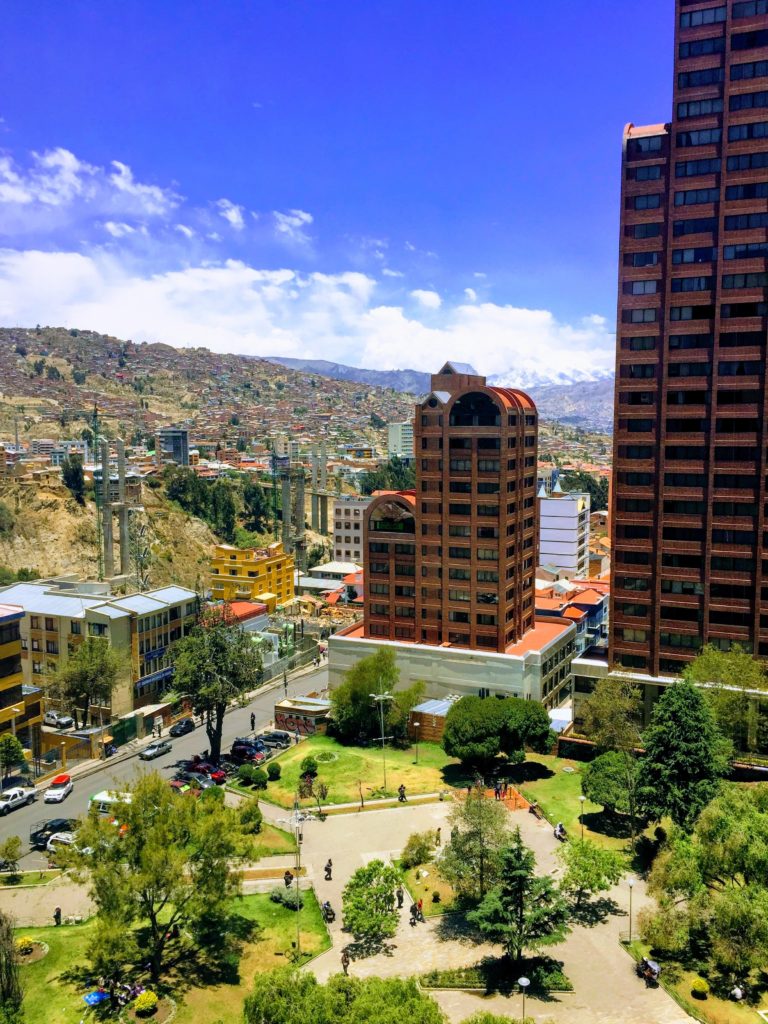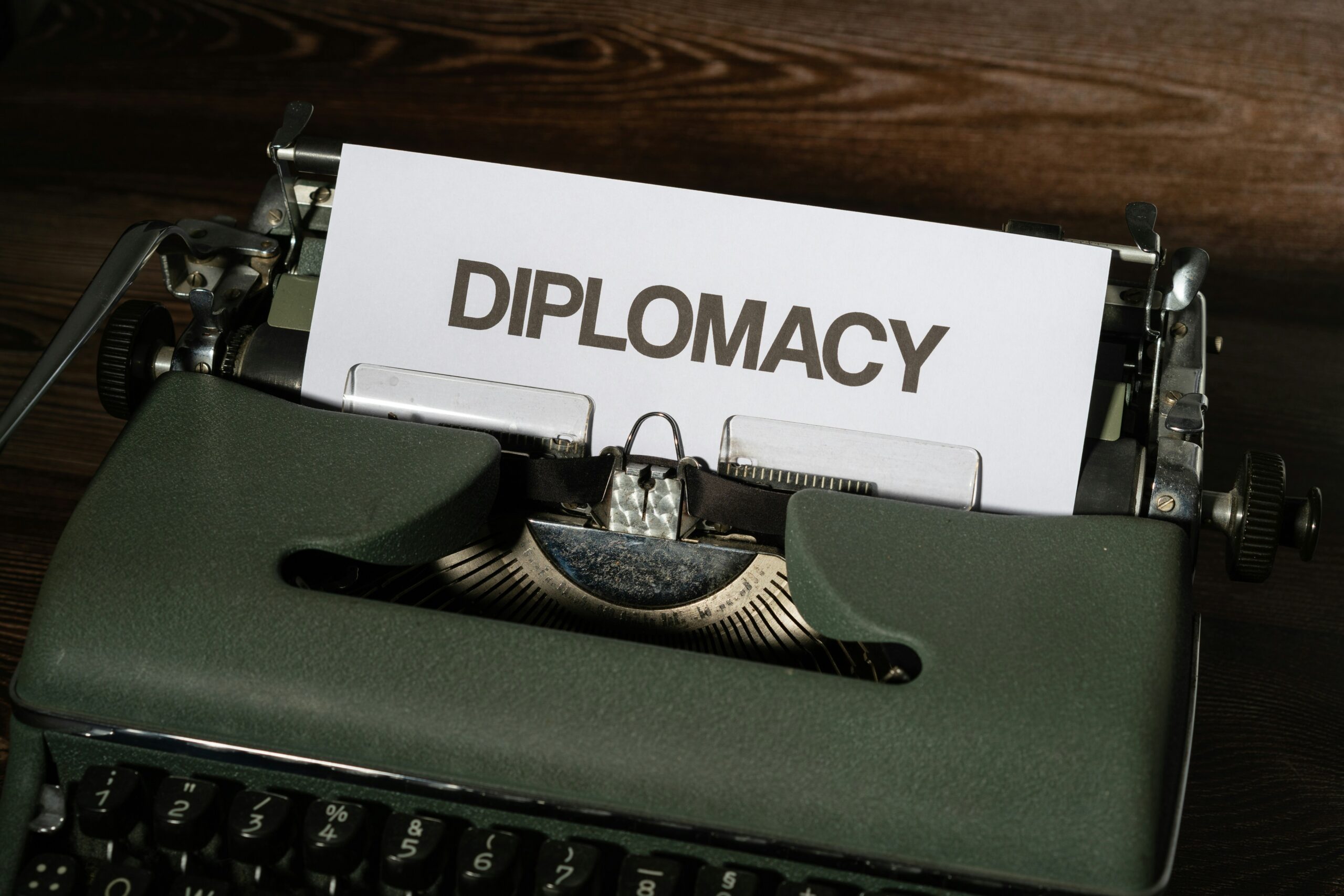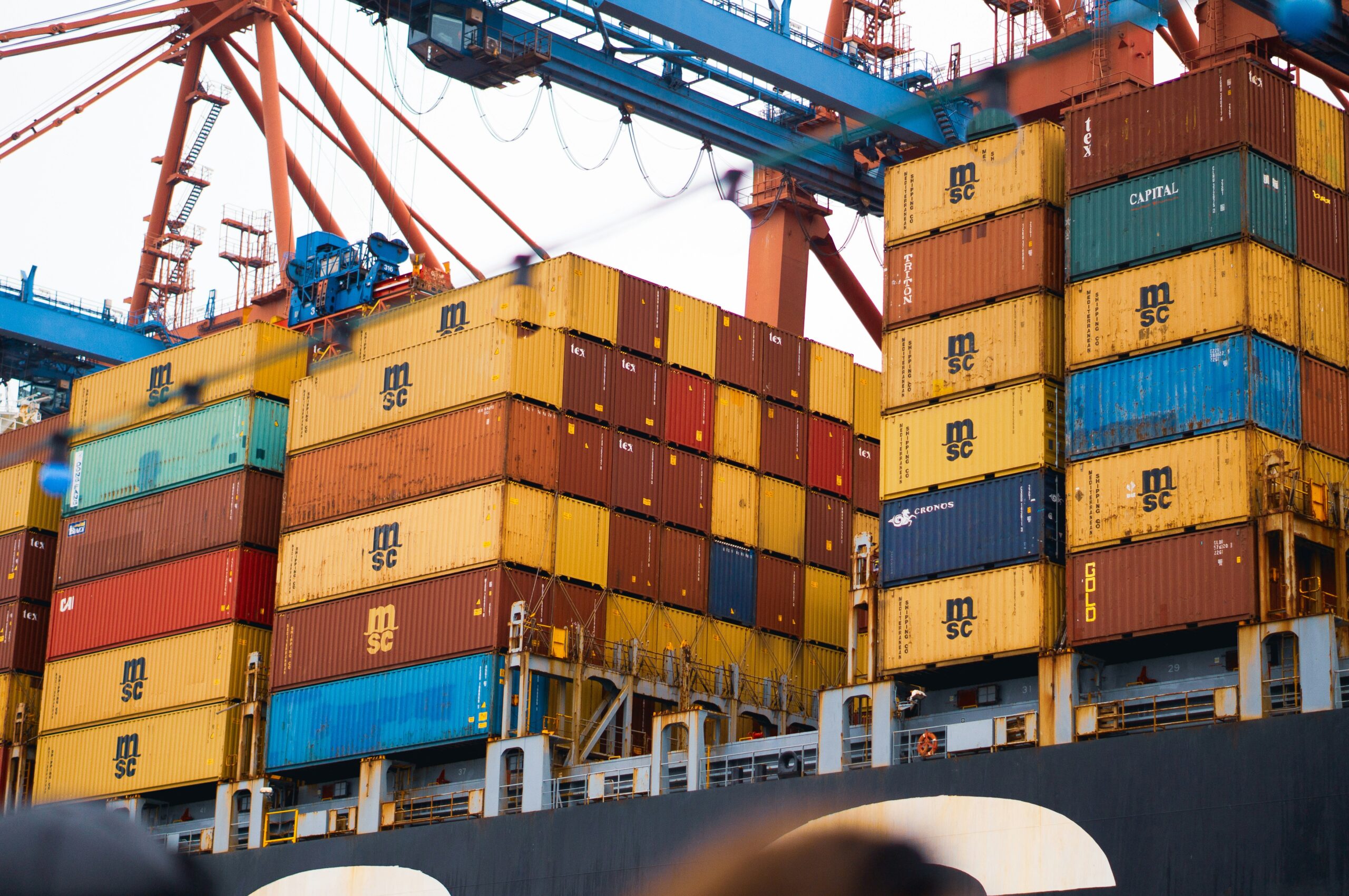Bolivia, Colombia, Ecuador, and Peru are members of the Andean Community, a free trade zone to establish a customs union. The Cartagena Agreement, which was signed in 1969 and gave rise to the economic bloc, was known as the Andean Pact until 1996. Its main office is in Lima, Peru. Over a territory of 4,700,000 square kilometers, the Andean Community is home to 113 million people.

History
Bolivia, Chile, Colombia, Ecuador, and Peru were the founding members of the original Andean Pact. Venezuela became the pact’s sixth member in 1973. However, Chile’s withdrawal in 1976 limited its membership to five once more. When Venezuela withdrew in 2006, there were just four countries left in the Andean Community. Argentina, Brazil, Paraguay, and Uruguay are the most recent additions to the Andean Community as associate members thanks to a new cooperation agreement with Mercosur. The Andean Council of Foreign Ministers met in an extended session with the Commission (of the Andean Community) on July 7, 2005, and granted associate membership to these four Mercosur members. This measure responds to Mercosur’s decision to give associate membership to all Andean Community countries as a result of the Free Trade Agreements (Economic Complementarity Agreements) that were concluded between the Andean Community and various Mercosur members.
Members
Bolivia, Colombia, Peru, and Ecuador are the current members of the Andean Community. Argentina, Brazil, Paraguay, Uruguay, and Chile are associate members. Spain and Morocco are the observer nations.
Evolution
The Andean Council of Foreign Ministers and the Andean Parliament, both of which had their formal headquarters in Lima, were established in 1979 along with the treaty establishing the Court of Justice. Later, in 1981, the Andean Parliament relocated to Bogotá, and in 1983, the treaty establishing the Court of Justice went into effect. The open skies policy was endorsed by the presidents in 1991, and they also agreed to step up integration. Peru briefly halted its commitments under the Liberalization Program in 1992. The Cartagena Agreement Commission authorized the regulatory framework for the establishment, use, and exploitation of the Simón Bolvar Satellite System in 1996, and the Common External Tariff was approved in 1994. Institutional reforms were implemented in March 1996 as a result of the Trujillo Protocol, which saw the creation of the Andean Community and the Andean Integration System. The Framework Agreement between the Mercosur and the Andean Community to Establish a Free Trade Area was signed in Buenos Aires in 1998. The Andean Community Heads of State and Mercosur voted to begin discussions for the establishment of a free trade area between the two blocs which began in January 2002 at a summit of South American Presidents in 2000. The Andean Community and the Eurasian Union signed a Memorandum of Understanding on March 23, 2017.
Organizations
The several organizations that make up Andean Integration System all work to promote integration. They are:
- Andean Presidential Council, a body that brings together the presidents of its constituent nations to plan integration initiatives
- Commission of the Andean Community, the major institution responsible for the Andean Community’s policymaking
- Andean Parliament, which consists of members of national legislatures
- Court of Justice, to ensure that the community laws are administered consistently across all member nations
- Latin American Reserve Fund, which coordinates monetary and fiscal policies
- Andean Development Corporation, which promotes trade and investment
Free movement of people
The Andean Community member states no longer require a visa for entry for nationals of the member nations as of January 1, 2005. Travelers must show their national ID cards to the authorities. Visitors visiting Venezuela must show their passports before receiving the Andean Migration Card, which details their temporary stay in the nation.
Andean passport
Following Decisión 504, the Andean passport was established in June 2001. This mandates that passports be issued based on a common model with standardized terminology and security features. Ecuador, Peru, Venezuela, and Bolivia all accept passports. Bolivia was accepted in early 2006.



